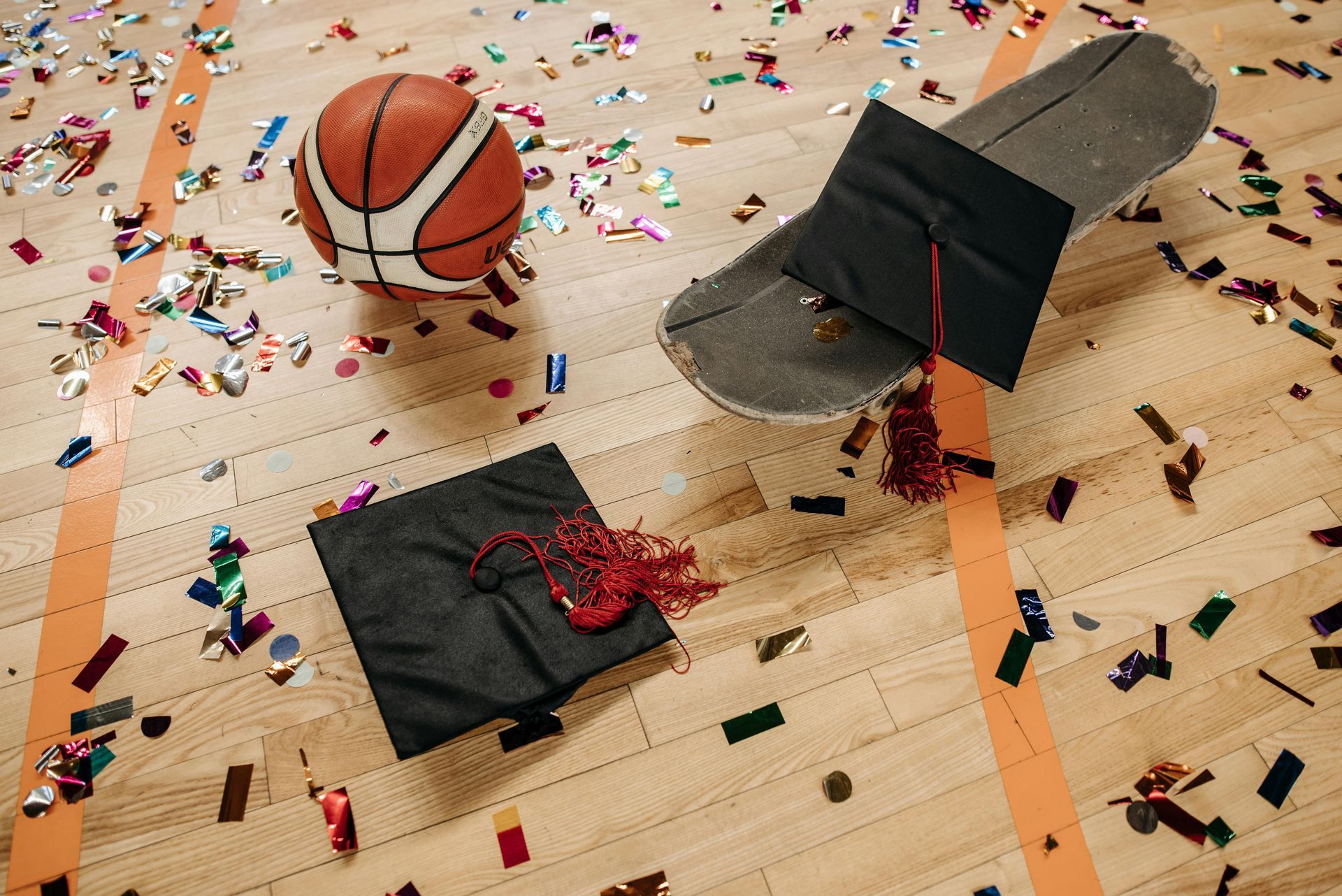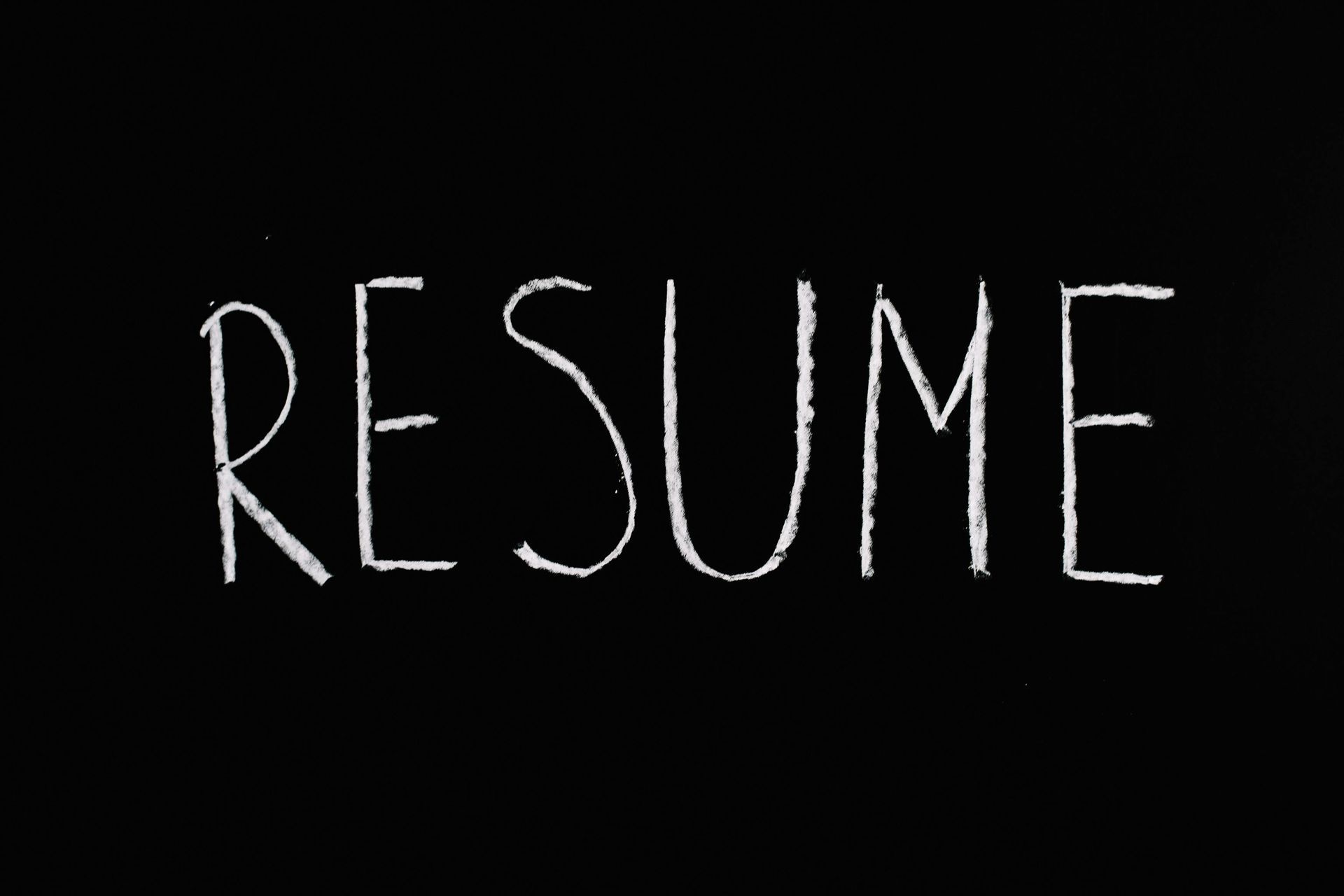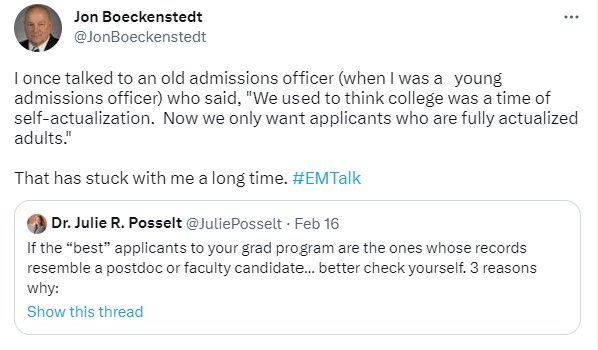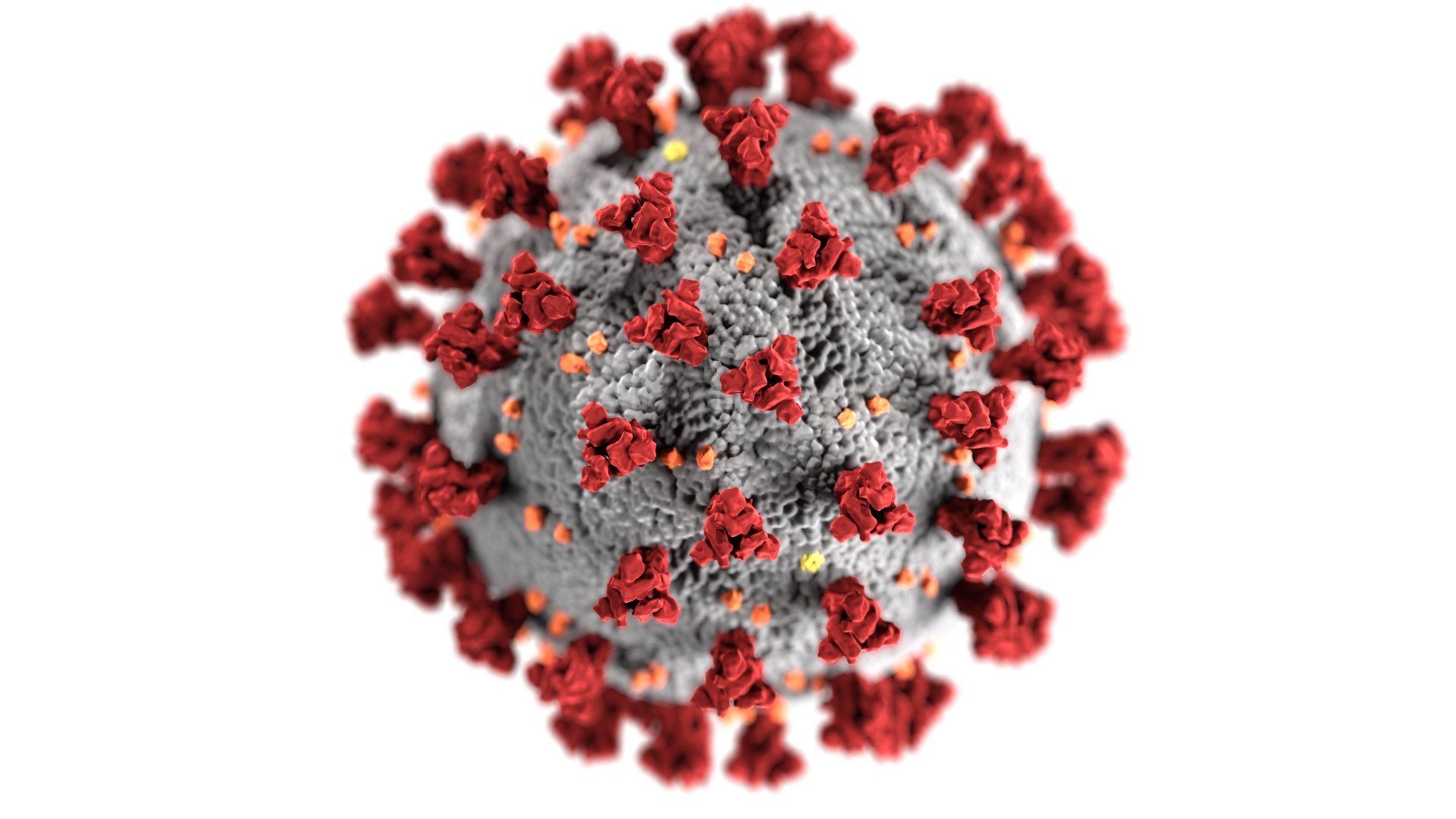













Holistic Admissions Asks High School Students To Already Be College Students
You Have to Have Experience to Get the Experience!

The absurd asymmetry of this confident young man in a suit with his coffee overlooking the avenue from his corner office...well, it's a decent representation of holistic admissions.
This post was inspired by Oregon State administrator (and great higher ed twitter follow) @jonboeckenstedt thinking back on his days in admissions:

When we explain Holistic Admissions to parents, they usually kinda-understand that the game is far more sophisticated than when we were kids, but rarely do they understand the extent. When we were in high school, you could be in several clubs, National Honor Society, play sports, do a fine art or two.....basically, all the good stuff that a typical high school offers. That, plus a top-notch ACT and GPA, and you could get into a lot of great schools with enough financial aid to make them viable.
Today, college admissions is much more competitive, even at some sought-after big research universities. All those things we oldsters were told to do? It's not enough. Why? Here are some thoughts:
1) The ubiquity of test prep has raised average ACTs, and there are far more students taking the tests.
2) The wide adoption of AP and IB courses, combined with the introduction of weighted grades, has driven GPAs up--along with general grade inflation.
3) The explosion of youth sports culture means that there are more athletes, more sports to choose from, and club systems has created more "competitive" athletes.
4) Schools, recognizing the importance of clubs, have built more activity time into schedules.
5) Same with Community Service: It's now a built-in component of NHS, clubs, etc.
6) The explosion of STEM education has created more opportunities for hands-on experiences that previous generations lacked, and they're much more widely available.
I don't have any data on this, but we've seen that fewer students have fine arts on the resumes (theater, dance, painting, etc.), which likely results from the systematic defunding and deprioritizing of the arts. Anecdotally, we've seen that students with Fine Arts tend to do better-than-expected in the college admissions game. Perhaps this is because an arts background demonstrates a creativity that our "data-driven" and "evidence-based" schooling and credentialing system lacks, but is actually coveted by colleges and employers. So, Fine Arts becomes one of those "differentiating experiences" that really does set kids apart.
These days, many high school students have resumes that, in previous generations, you wouldn't have been able to build until your early 20s. Some of them have built legitimate professional portfolios by the time they're 18.
So what's that mean?
If you are applying to pre-med or nursing programs, you need to find in-hospital experience. Graphic design students need to have a portfolio, probably with an internship with a local firm. Students can get hands-on carpentry experience and learn project management using the latest technology at excellent vocational centers.
And so on. This is the way it works now. For some of the most competitive colleges and sought-after programs, high school students need to be what college students were a generation ago. You have to have experience to get the college experience.
This means, purposefully planning summer activities to get experience in the fields you want to go into. Finding jobs learning from people in your profession. And that's in addition to all the other stuff they expect in school.
And then you have to assemble it into an application that tells a compelling story about why you're the perfect fit--and, if we're being honest, a better fit than your competition--for your target schools.














